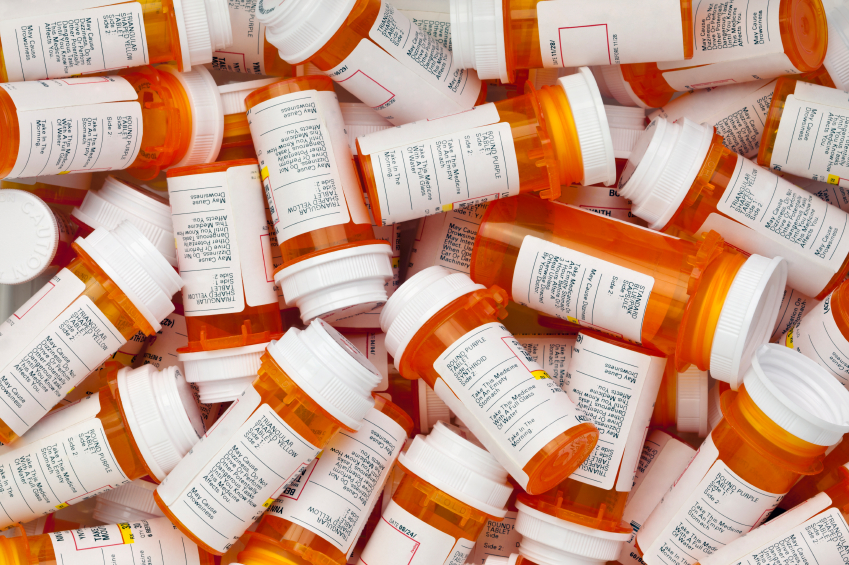Prescription Drug Abuse
Prescription drugs can spell the difference between a happy, comfortable life or a painful existence dictated by illness. However, there are many people in the United States and around the world who use these medications recreationally. Many of these commonly abused drugs are vital to others’ quality of life.
For example, people with ADHD need Adderall in order to get any task done. People with narcolepsy rely on Ritalin and Nuvigil so they don’t fall asleep while driving. Others need Ativan to manage severe anxiety and avoid panic attacks.
There are many other commonly abused prescription drugs, including:
- Percocet
- Methadone
- Ambien
- Tramadol
- Suboxone
- Subutex
- Narcan
- Ultram
- Fioricet
- Trazodone
The most commonly abused prescription drugs fall into one of three categories: opioids, stimulants, or depressants. Each class of drug has its own risks and addiction rates, and these factors can vary wildly from medication to medication.
What are the Risk Factors Associated With Prescription Drug Abuse?
There are many factors that might put you at higher risk of drug abuse, including:
- A past or present substance addiction, including alcohol and tobacco
- A family history of substance abuse problems
- Being a teenager or in your early 20s
- Having a pre-existing mental illness
- Pressure from peers or family to use drugs
- Access to prescription drugs, such as a home medicine cabinet
- A lack of knowledge about prescription drugs and their potential harm
How Addictive are Prescription Drugs?
Most prescription drugs have a low risk of dependency or addiction. However, prescription drugs that fall into the categories of opioids, stimulants, or depressants see high rates of addiction and dependency. That’s because all these drugs affect creation of dopamine—a chemical responsible for pleasure and reward—in the brain. When abused, these drugs build strong relationships between the drug and overall good feelings, which makes the drug abuser want to use the drug more. Eventually, this can grow into addiction.
What Are the Signs of Prescription Drug Abuse?
Before discussing the signs of addiction, it’s important to define it. Addiction is a mental illness caused by chemical changes in the brain. Whereas drug dependence relates to the physical symptoms of withdrawal, people with addiction obsessively think about taking or getting their drug of choice and will do things detrimental to their relationships and life in order to use their drug. It’s important to understand that these behaviors are not indicative of a person’s true personality but are the result of uncontrollable cravings and obsessions that often need therapy and medication to manage.
Signs of prescription drug addiction include:
- Stealing, forging, or selling prescriptions
- Taking higher doses of medications than prescribed
- Mood swings
- Hostility
- Change in sleep patterns
- Poor decision-making
- Appearing to be unusually energetic, paranoid, or sedated, especially at inappropriate times
- Continually “losing” prescriptions and needing more prescriptions to be written
- “Doctor shopping,” or seeking prescriptions for the same drug from multiple doctors
If someone is abusing prescription drugs, you may find prescription bottles from multiple doctors, prescription bottles written for other people, or plastic bags with pills in them. You’ll also likely see an unusual number of empty bottles in the trash.
Prescription Drug Abuse Statistics
- Approximately 52 million Americans over the age of 12 have used prescription drugs non-medically at some point in their lives.
- Among American adults living with mental illness, one in five also has a substance abuse disorder.
- A 2011 study found that 6.1 million people in the U.S. had used prescription drugs non-medically in the past month.
- Opioids are the most commonly abused prescription drug.
- A survey of high school students found that nearly half of those who abused prescription drugs did so because they are not illegal drugs, they are easily available, and they can claim to have a prescription if they’re caught.
- Despite making up 5% of the world’s population, the United States holds approximately 80% of the world’s prescription opioids.
If You’re Suffering from Addiction, It’s Not Too Late To Get Help
If you or your loved one is suffering from prescription drug addiction, it’s not too late to get help and heal. Take the first step toward fighting your prescription addiction and call Palm Partners Recovery Center today.
Sources:
https://americanaddictioncenters.org/prescription-drugs/
https://www.webmd.com/drugs/2/drug-6685/ativan-oral/details
https://www.michaelshouse.com/prescription-drug-rehab/what-makes-prescription-drugs-so-addictive/
https://www.drugabuse.gov/sites/default/files/poppingpills-nida.pdf
